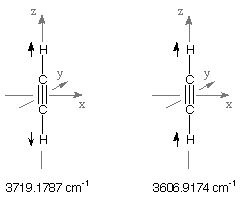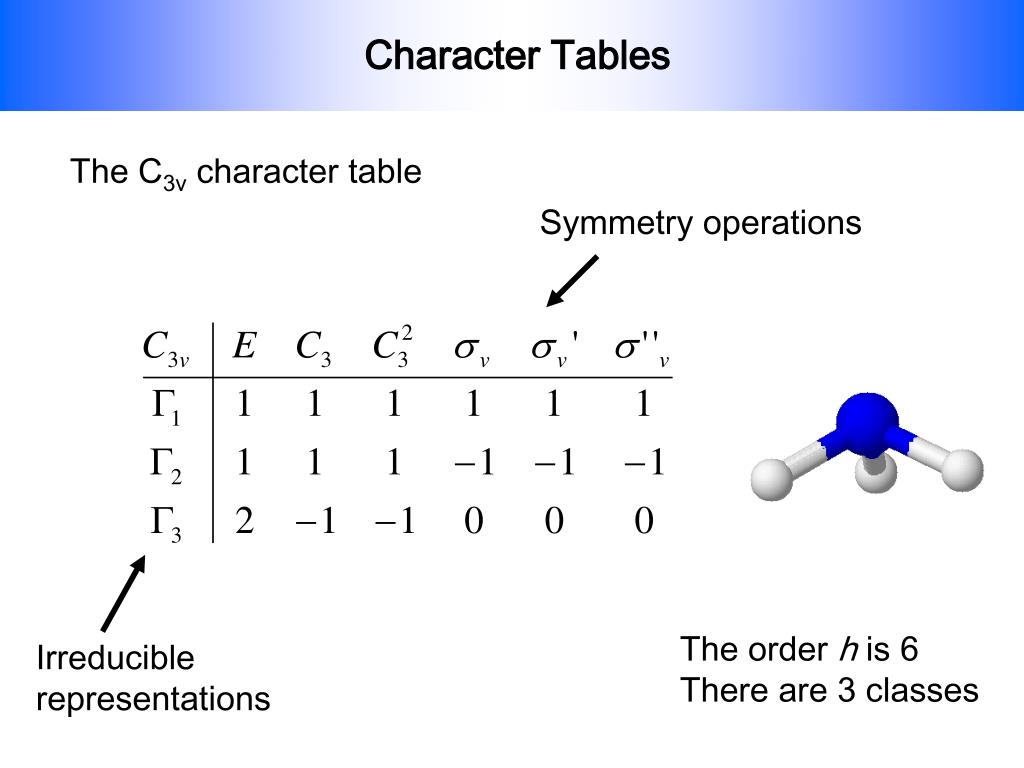
The presence of noncentrosymmetric polyhedra does not guarantee that the point group will be the same-two noncentrosymmetric shapes can be oriented in space in a manner which contains an inversion center between the two.This point group contains only two symmetry operations:Ī simple example for a C i symmetric molecule is 1,2-dichloro-1,2-difluoroethane (C 2H 2Cl 2F 2) in its staggered conformation displaying an anti-conformation of chloro and fluoro substituents. Of these thirty-two point groups, eleven are centrosymmetric. Crystals are classified into thirty-two crystallographic point groups which describe how the different polyhedra arrange themselves in space in the bulk structure. Disorder can influence the centrosymmetry of certain polyhedra as well, depending on whether or not the occupancy is split over an already-present inversion center.Ĭentrosymmetry applies to the crystal structure as a whole, as well.


Disorder involves a split occupancy over two or more sites, in which an atom will occupy one crystallographic position in a certain percentage of polyhedra and the other in the remaining positions. Distortions will not change the inherent geometry of the polyhedra-a distorted octahedron is still classified as an octahedron, but strong enough distortions can have an effect on the centrosymmetry of a compound. For instance, a titanium center will likely bond evenly to six oxygens in an octahedra, but distortion would occur if one of the oxygens were replaced with a more electronegative fluorine. Distortion involves the warping of polyhedra due to nonuniform bonding lengths, often due to differing electrostatic attraction between heteroatoms. Common irregularities found in crystallography include distortions and disorder.

Real polyhedra in crystals often lack the uniformity anticipated in their bonding geometry. It is important to note that bonding geometries with odd coordination numbers must be noncentrosymmetric, because these polyhedra will not contain inversion centers. Tetrahedra, on the other hand, are noncentrosymmetric as an inversion through the central atom would result in a reversal of the polyhedron. Six-coordinate octahedra are an example of centrosymmetric polyhedra, as the central atom acts as an inversion center through which the six bonded atoms retain symmetry. Polyhedra containing inversion centers are known as centrosymmetric, while those without are noncentrosymmetric. These polyhedra link together via corner-, edge- or face sharing, depending on which atoms share common bonds. All crystalline compounds come from a repetition of an atomic building block known as a unit cell, and these unit cells define which polyhedra form and in what order. For example, four-coordinate polyhedra are classified as tetrahedra, while five-coordinate environments can be square pyramidal or trigonal bipyramidal depending on the bonding angles. Crystal structures are composed of various polyhedra, categorized by their coordination number and bond angles. In crystallography, the presence of inversion centers distinguishes between centrosymmetric and noncentrosymmetric compounds. Molecules contain an inversion center when a point exists through which all atoms can reflect while retaining symmetry. The following point groups in three dimensions contain inversion:Ĭlosely related to inverse in a point is reflection in respect to a plane, which can be thought of as a "inversion in a plane". The group type is one of the three symmetry group types in 3D without any pure rotational symmetry, see cyclic symmetries with n = 1. More narrowly, a reflection refers to a reflection in a hyperplane ( n − 1, C i, S 2, and 1×. Such maps are involutions, meaning that they have order 2 – they are their own inverse: applying them twice yields the identity map – which is also true of other maps called reflections. The term reflection is loose, and considered by some an abuse of language, with inversion preferred however, point reflection is widely used. 10 important in Inversion with respect to the origin.7 Point reflection in analytic geometry.

4 Point reflection as a special case of uniform scaling or homothety.


 0 kommentar(er)
0 kommentar(er)
